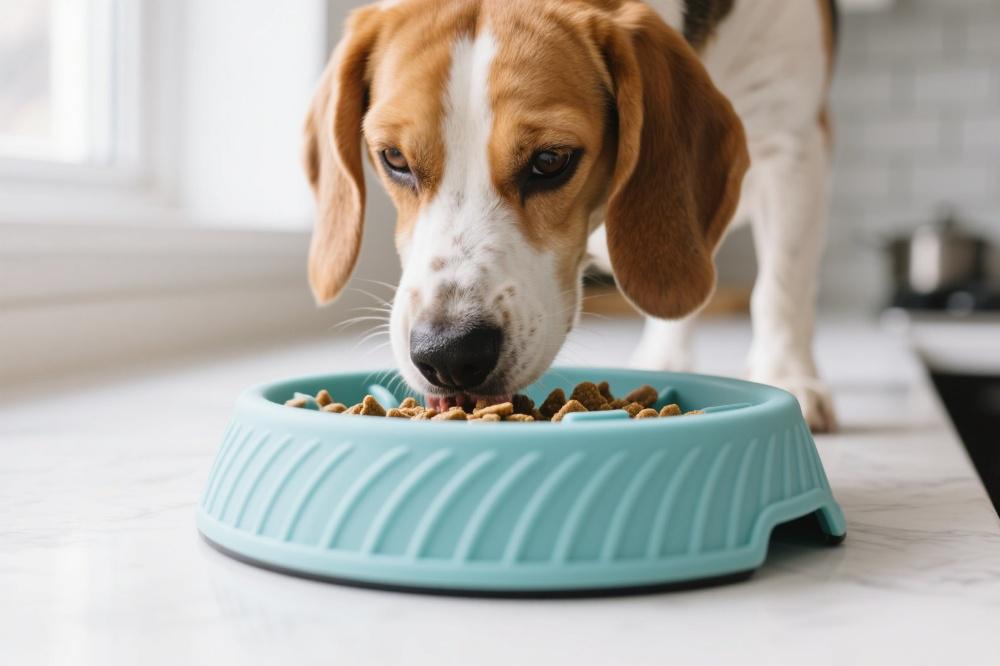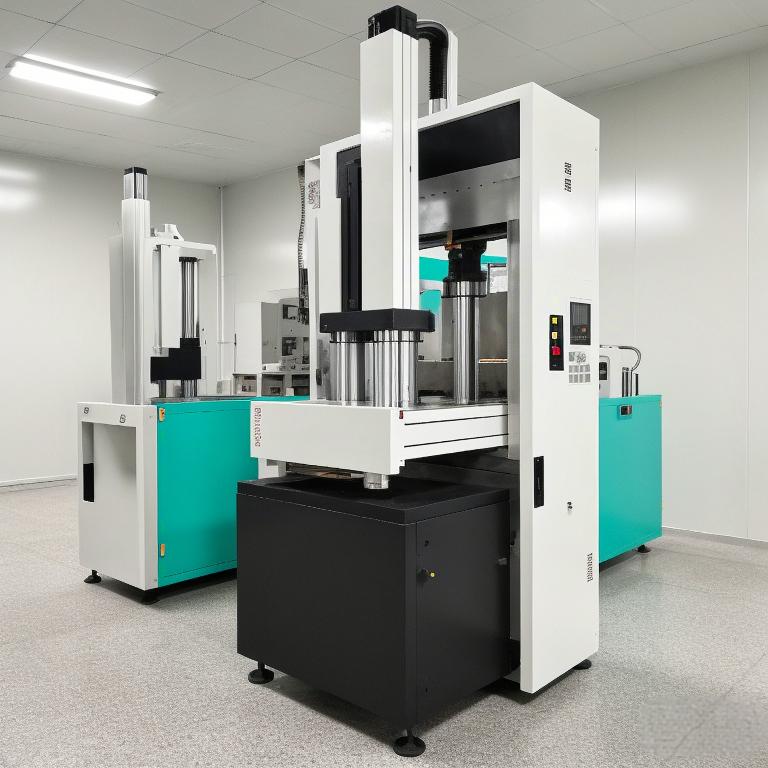콘텐츠
Feeding pets today is more than just routine—it’s about health, convenience, and cleanliness. One simple product effectively reflects these evolving needs: the silicone dog bowl. Whether used at home, in the car, or while hiking, these bowls have become a staple for pet owners who care about safety and practicality. Thanks to their flexibility, durability, and easy maintenance, they outperform traditional metal or plastic bowls in many everyday situations.
Material Matters: Why Silicone is a Smart Choice for Pet Bowls
Silicone is widely known for being food-grade, BPA-free, and resistant to both heat and cold. These properties make it ideal for food-related products, especially for pets. Unlike rigid plastic, silicone bowls won’t crack or warp, even when exposed to boiling water or freezing conditions. This matters not only for longevity but also for hygiene, since cracked surfaces can harbor bacteria. Pet owners appreciate this for both feeding and hydration, especially when selecting a safe and easy-to-clean dog water bowl.
Improving Mealtime with a Silicone Slow Feeder Bowl


Many dogs eat too quickly, which can lead to digestive issues or even choking. That’s where the silicone slow feeder comes in. These bowls are designed with ridges or patterns that naturally slow down a pet’s eating speed. The soft texture of silicone also adds a tactile difference—it’s gentle on the snout and teeth, making it comfortable even for puppies or older dogs. Some pet owners even use a slow-feeder cat bowl for multi-pet households, thanks to the similar benefits across species.
On the Go: Collapsible Dog Bowls for Travel and Outdoors
![]()
![]()
For active families or pet owners who travel often, the collapsible dog bowl is a practical solution. These bowls fold flat and can be packed easily in a bag or clipped to a leash. Whether camping, visiting a park, or going on long road trips, collapsible bowls make it easy to offer water or food without carrying bulky equipment. When combined with a no-spill dog water bowl design, they reduce messes and keep car interiors clean.
Silicone Dog Bowl Features That Pet Owners Value
The everyday usability of a silicone dog bowl goes beyond being just a container. Most models are dishwasher-safe, easy to dry, and lightweight. The non-slip base is another key benefit—it keeps the bowl in place even when dogs eat enthusiastically. Some designs also include lids for partial food storage or travel. All of these contribute to a better feeding experience for pets and less hassle for their humans.
Versatility Across Feeding Needs: From Puppies to Large Dogs
Pet owners often seek reliable dog feeders that can accommodate different sizes and breeds. Silicone bowls can be made in various dimensions, from shallow designs for smaller dogs to deep ones for larger breeds. Certain models can combine features—such as being both a dog slow feeder and a no spill dog water bowl—providing an all-in-one solution for mealtime challenges. For those with cats, many feeding systems are also compatible or easily adaptable for feline use.
Why Hygiene is a Growing Concern in Pet Products
More pet owners are becoming conscious of hygiene and food safety. This has led to a shift away from porous materials like untreated wood or easily scratched plastic. Silicone is naturally non-porous and doesn’t absorb odors or stains, even after prolonged use. In homes where pets share feeding areas or where food allergies are a concern, this becomes a critical advantage. Regular washing and sterilization—often done in dishwashers—help keep feeding routines clean and consistent.
Practical Scenarios Where Silicone Dog Bowls Shine
![]()
![]()
Imagine a family on a weekend hiking trip with their golden retriever. A collapsible dog bowl clipped to the backpack ensures the pet stays hydrated. Back at home, a silicone slow feeder helps regulate that same dog’s eating pace, reducing post-meal bloating. In multi-pet households, individual bowls labeled or color-coded by pet can help maintain order. These real-life situations show how design and material choices improve both pet comfort and owner convenience.
Conclusion: The Rise of Silicone in Pet Feeding Products
The rise in popularity of silicone dog bowls is part of a larger trend toward thoughtful, health-focused pet care. Combining safe materials, user-friendly designs, and flexibility across different pet needs, these bowls have earned their place in homes, cars, and travel kits. Whether used for slow feeding, hydration, or portability, they meet the daily expectations of modern pet owners looking for reliable solutions.



